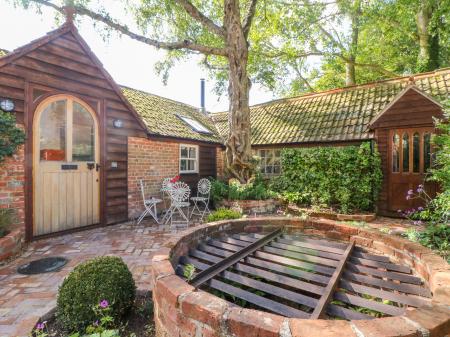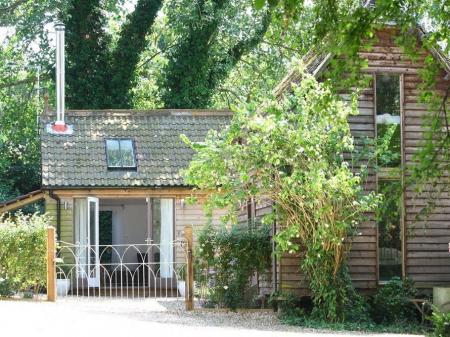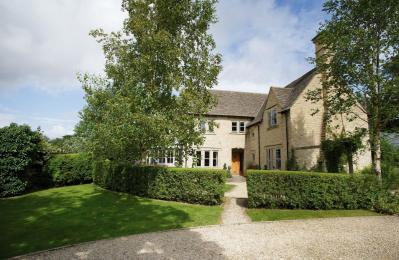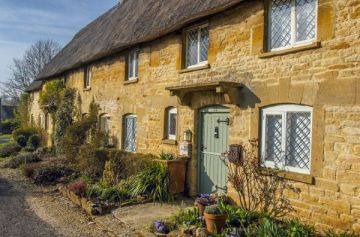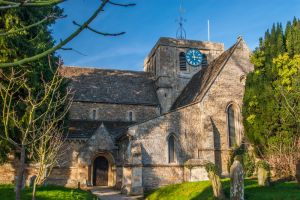
There is lovely carving both outside and inside the church. The north doorway features Norman carving detail, and the south door is supported by ironwork dating to around 1200.
The nave arcades (c. 1200) have beautifully carved stiff-leaf capitals, as do the crossing arches (also c 1200). The chancel is primarily Early English, with tall lancet windows and a 15th-century wagon roof. Within the chancel are an Early English piscina and a Transitional sedilia with Norman dogtooth moulding. A 15th century north chapel leads off the chancel.
The interior is rich with historic monuments. In the north chapel are three 18th-century monuments to members of the Pye family. In the chancel you will find several 14th and 15th-century memorial brasses, and the north transept features 16th-century memorials to the Unton family.
The most interesting of these is the table tomb to Sir Thomas Unton (d. 1533) and his wife. The alabaster effigies of the deceased couple lie atop a tomb chest in Renaissance style, decorated with heraldic symbols. Look for the rebus - a symbolic pun on the family name - of a barrel. The barrel, traditionally called a tun, symbolizes the name Unton (one tun).
Also in the north transept is the canopied memorial with brasses to Sir Alexander Unton (d. 1547) and his two wives, as well as a wall tablet to Sir Edward Unton (d. 1583). There is also a large alabaster effigy of an unknown woman in late Elizabethan costume. She may be Lady Dorothy Unton, the widow of Sir Henry Unton (d. 1596), whose tomb used to stand in the transept.
The female effigy might have been a part of that tomb, unfortunately, Sir Henry's memorial was destroyed during the Civil War. Indeed, All Saints suffered greatly during the conflict. The tower used to have a spire, but that was toppled during the war, and only partly restored to an odd, truncated design.
 We've 'tagged' this attraction information to help you find related historic attractions and learn more about major time periods mentioned.
We've 'tagged' this attraction information to help you find related historic attractions and learn more about major time periods mentioned.